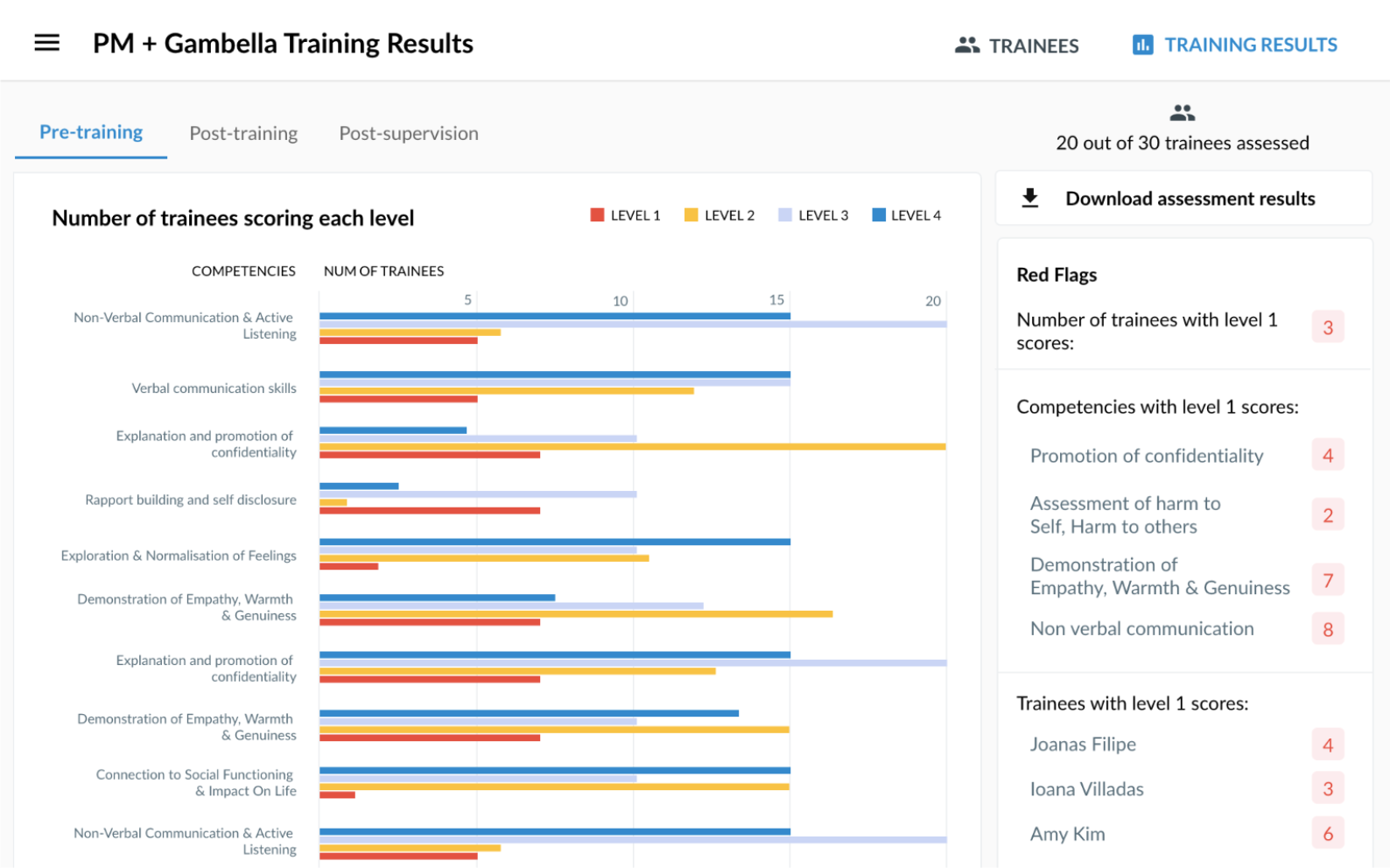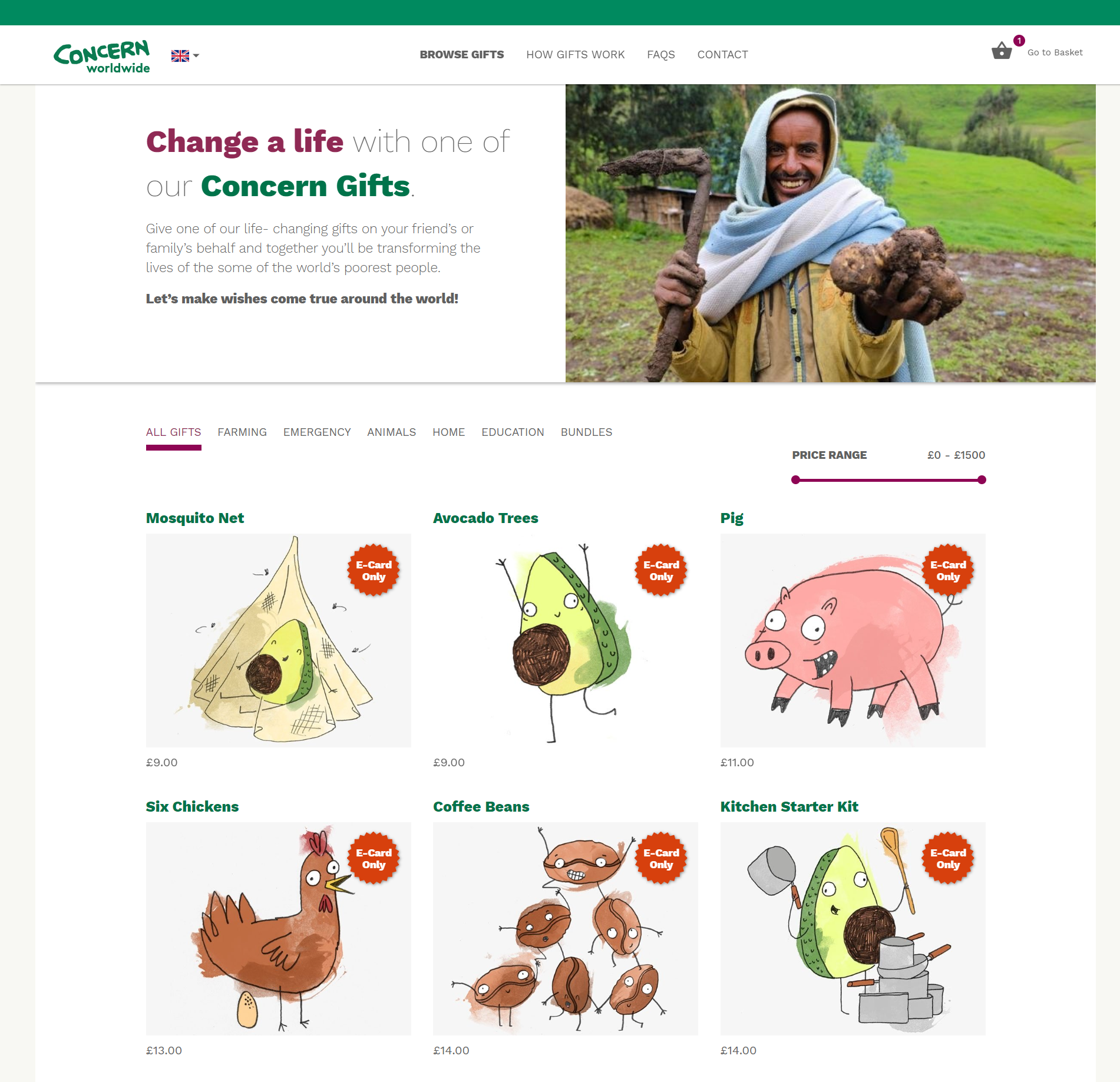
How to Use Data Analytics to Build Good UX
Four ways to improve user experience with data
It’s remarkable how rapidly the data analytics industry has spread throughout modern society. Only a few years ago, a University of York sociologist’s update on analytics described the same industry as being “much more diverse and far-reaching” than many realized — and even then, the focus was primarily on applications in areas like sports, security, insurance, and finance. In the time since, data analytics uses have only spread further, to the point that they now impact countless industries in innumerable ways.
To that point, many companies are now beginning to apply data analysis to their UX (which stands for “user experience”). The idea is that by gathering data about customer engagement, conversions, and so on, a business can develop new strategies for engaging customers more effectively.
Let's look at a few ways that this can be done:
Learn to visualize data
In our data-driven world, there is an ever-expanding focus on education in the field. Many people now return to online schooling in the course of their professional lives, so as to study specific practices and obtain specialist qualifications for work in data. One of the things they learn is that data visualization is a key part of the process.
Maryville University’s Online Masters in Data Analytics program guide explains that this means learning to “turn data into charts, graphs, maps, and more” to affect and inform decision-making. It may seem like a natural, straightforward part of the process, but it’s ultimately quite important to focus on. A lot of newcomers to data analysis will fail to address visualization, and thus collect troves of information that, unsorted and unvisualized, is virtually unintelligible.
Go beyond internal data
The first part of implementing a data analytics strategy is typically to gain insight about your own operations. Regarding building up good UX, this may mean figuring out which pages generate the most attention, which products spark the most conversions, and so on. But you should also look beyond internal data and, if possible, go to customers themselves.
As UX Planet’s guide to customer surveys puts it, conducting user research is “the systemic study of the goals, needs, and capabilities of users'' in an aim to optimize an experience to suit needs. Surveys like this will produce invaluable data points that can directly inform your decisions once properly analyzed.
Optimize content as needed
This is a fairly big task, but if you’re new to data analysis it’s important to know that it’s not just about what products you highlight, or how your pages look to customers. Your written content matters too, and in more ways than one.
First and foremost, in-depth analysis should help you to recognize what types of content hold visitors’ attention, enabling you to hone in on a given style you find effective. Additionally, you can begin to work on forming an SEO strategy. This means establishing and focusing on keywords, topics, and other page identifiers that make it easier for online searchers to find your website. This is not directly a UX issue, but there is much to be said for making it easier for users to find you in the first place.
Improve product pages
Our article on a project for Concern Worldwide presented some clear examples of how data analysis can help to drive the redesign of product pages as well. In fact, the article began with a simple look at how this works. Data, in that case, indicated that 52% of websites are failing to use descriptive texts or graphics for top-selling products, which is a missed opportunity in UX.
Thus, the clear priority in assisting Concern Worldwide with its gifts page was to instead focus on clear images, product descriptions, and CTAs to make it easier to find and engage with top products. This is a single example, but it speaks directly to how data can (and should) influence product page design for the benefit of customers.
There are all sorts of additional ways in which data analytics can help to improve your customer engagement. But the efforts above, in particular, can make quick and effective improvements to the user experience you’re providing.


